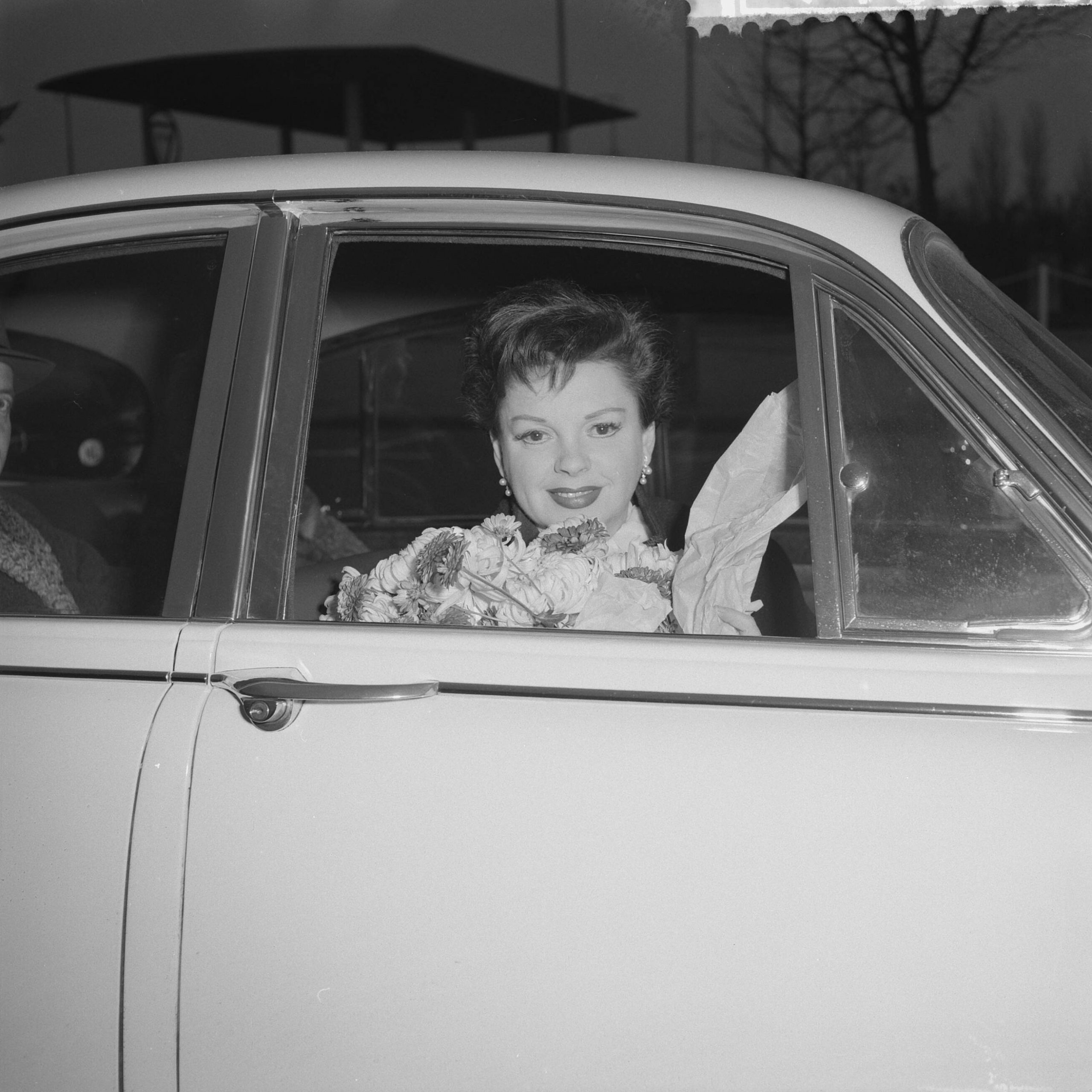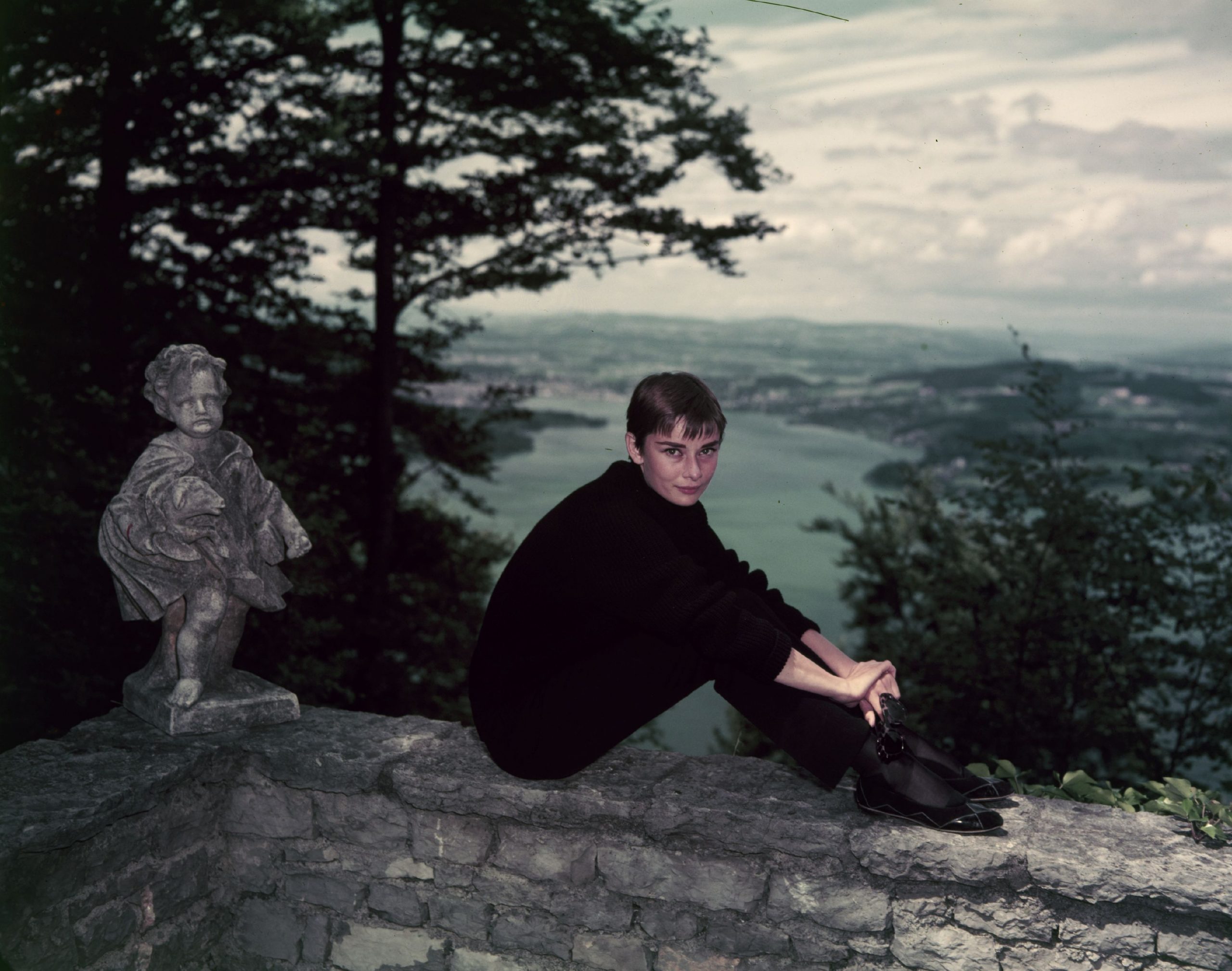“Everything is cinema”: this quote is attributed to the French-Swiss film director Jean-Luc Godard. If one deals with the work of Jean-Luc Godard, one is inevitably confronted with all the elements of human coexistence: Art, politics, money, philosophy and love – to list just a few elements.
At the age of 19, Jean-Luc Godard published a biographical article about the Hollywood director Joseph Mankiewicz in the Parisian cinema magazine La Gazette du cinèma.
In another article that appeared a little later, he discussed a politicisation of cinema: Without question, he grew up in a time when politics and cinema were closely intertwined.
When Godard was a boy, Leni Riefenstahl‘s films were shown in Paris cinemas: throughout his life, he emphasised that Riefenstahl’s films were artistically valuable not because of political messages, but because of their psychological effect on the viewer.
“It is not the first time that art has arisen from oppression,” Jean-Luc Godard formulated in his younger years in reference to those films that posterity likes to label as pure propaganda films.
Early encounter with literature
Jean-Luc Godard grew up in a literary household: As a 14-year-old, he received a copy of André Gide’s The Fruits of the Earth [Les nourritures terrestres], a classic of French literature, from his mother as a birthday present.
Other classic authors such as Jean-Paul Sartre and Simone de Beauvoir were also among Godard’s early influences.
Initially, Jean-Luc Godard worked as a film critic before he began making short films in the mid-fifties. Among his first directorial works was the thirteen-minute film Charlotte and her Boyfriend [Charlotte et son Jules, 1958], in which he worked for the first time with the still relatively unknown Jean-Paul Belmondo. Godard began his career as a director under the most primitive conditions: He shot his first short films in his small hotel room.
Soon, the term Nouvelle Vague came to denote a new direction in French cinema.
Nouvelle Vague
Rumour has it that Godard was unable to rent even a simple hotel room at times at the beginning of his career: Instead, he slept in the offices of the film magazines for which he worked as a critic.
In October 1957, the French journalist Françoise Giroud coined the phrase Nouvelle Vague: at first, it was a term for all young French people who were then between eighteen and thirty and whose concerns were less collective and more individual than those of their ancestors. Soon, the term Nouvelle Vague came to denote a new direction in French cinema, in the development of which Jean-Luc Godard was instrumental.
Breathless: The Beginning of the Career
In 1960, the time had finally come: Jean-Luc Godard made his first feature film, Breathless [À bout de souffle], starring Jean-Paul Belmondo and Jean Seberg. The film went down in the annals as a classic of French cinema and is considered the Nouvelle Vague film par excellence: not least due to the work of cinematographer Raoul Coutard, with whom Godard worked regularly throughout his career, the film advanced to become a classic.
Without question, French cinema was in a crisis after the Second World War: audiences wanted to see Hollywood flicks, the French cinema landscape had little to offer. Until then, the goal of French cinema had been to get as close as possible to Hollywood cinema, but this changed now: the film Breathless, the first work of the Nouvelle Vague movement, made French cinema come of age. Until then, French directors often copied their colleagues in Hollywood: from now on, the situation changed. The French were copied by their colleagues in Hollywood.
Political films
Of course, Godard’s Breathless did not function entirely without allusions to the Hollywood cinema that French audiences had grown so fond of: the American genre of film noir is closely related to the Nouvelle Vague. In Breathless, for example, one sees a poster of Humphrey Bogart and an American B-movie studio is mentioned in the credits of the film.
After Breathless, Jean-Luc Godard became the most political director of the Nouvelle Vague movement: With The Little Soldier [Le petit soldat, 1960], Jean-Luc Godard made a film that remained banned in France for three years because of film censorship. The plot of the film takes place in the context of the war in Algeria. In the film, the main character speaks one of the most succinct sentences in film history:
“Photography, that is the truth. Cinema, that is the truth 24 times a second.”
Jean-Luc Godard
The words were penned by Jean-Luc Godard, who also wrote the film’s screenplay. The producer was Georges de Beauregard, who today is considered a pioneer of the Nouvelle Vague, since he took a great financial risk with the films. A risk that other producers would never have taken.
Futuristic Movies
Originally, it was intended that Jean-Luc Godard would direct Bonnie and Clyde (1967). However, when Warren Beatty got wind of the project, things changed: there was no cooperation between Beatty and Godard and finally, the film was directed by Arthur Penn. At the same time, Jean-Luc Godard was working on another project that was very close to his heart: the science fiction film Alphaville (1965) is one of Jean-Luc Godard’s most famous films. The film revolves around the fictional, futuristic city of Alphaville, which is dictatorially ruled by a supercomputer called α-60. The original version of the film uses an artificial, modified form of language, not unlike the concept of Orwell’s newspeak. In some ways, the film was far ahead of its time and is more relevant than ever over fifty years after its release.
In the sixties, Jean-Luc Godard was unquestionably at the height of his artistic powers: in professional circles it is said that Alphaville was in some ways Jean-Luc Godard’s last film, although biographically it was not his last film. The large audience that Godard appealed to in the sixties faded away by the seventies at the latest, and his later films were known mainly among film connoisseurs and professionals who still admired Godard for his unique directing style.
Alphaville was the film with which Godard first achieved widespread critical and box-office success.
Jean-Luc Godard worked again with Jean-Paul Belmondo in the French-Italian co-production Pierrot le fou (1965).
Without the director Jean-Luc Godard, French cinema would hardly have the reputation it has today.
Experimental director
Jean-Luc Godard went down in the history of cinema as one of those directors who founded a new genre by thinking out of the box: The French Nouvelle Vague movement would be nothing without Jean-Luc Godard.
He distinguished himself from Hollywood cinema not only through his film material, but also through film techniques and editing techniques: Godard always filmed dialogues not in the classic “shot-reverse-shot principle”, but attached importance to experimental camera positions.
He was one of the first directors to use the “jump cut”: The jump cut refers to an editing technique in which, for example, a character can adopt a completely different posture from one moment to the other, without the viewer noticing at first. In doing so, Godard “violated” the generally accepted rules of fluid film progression in the sixties: today this is no longer noticed, as this technique has become generally established.
To Jean-Luc Godard, cinema was not simply cinema: to him, entertainment was less important than the political message of a film. Without the director Jean-Luc Godard, French cinema would hardly have the reputation it has today.
Main source: Brody, Richard: “Everything is Cinema: The Working Life of Jean-Luc Godard”, 2008 Holt Paperback New York
Cover picture: © Simon von Ludwig

 Deutsch
Deutsch Français
Français









